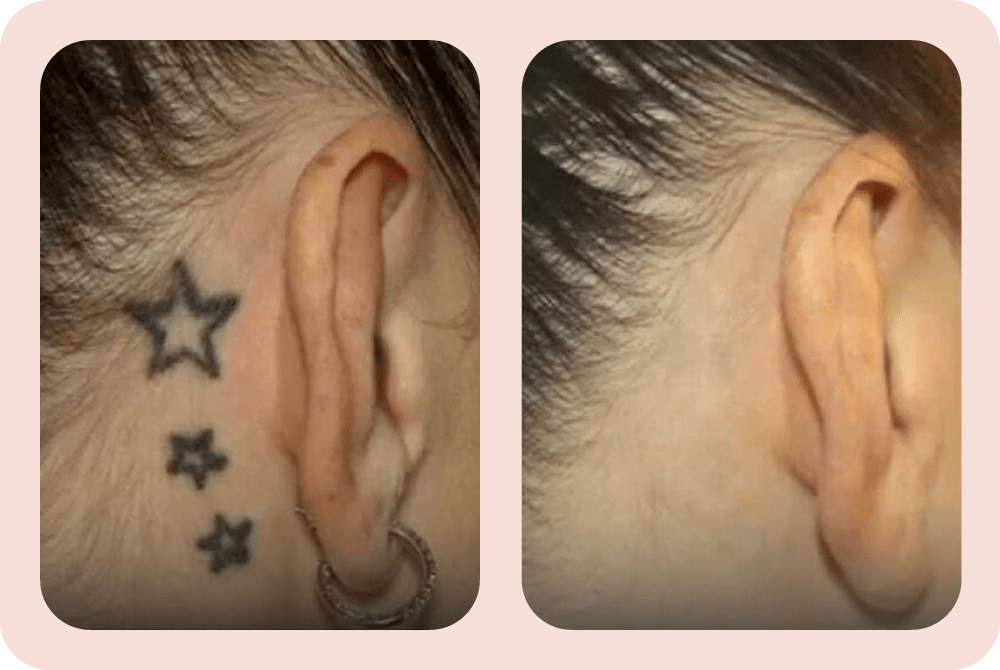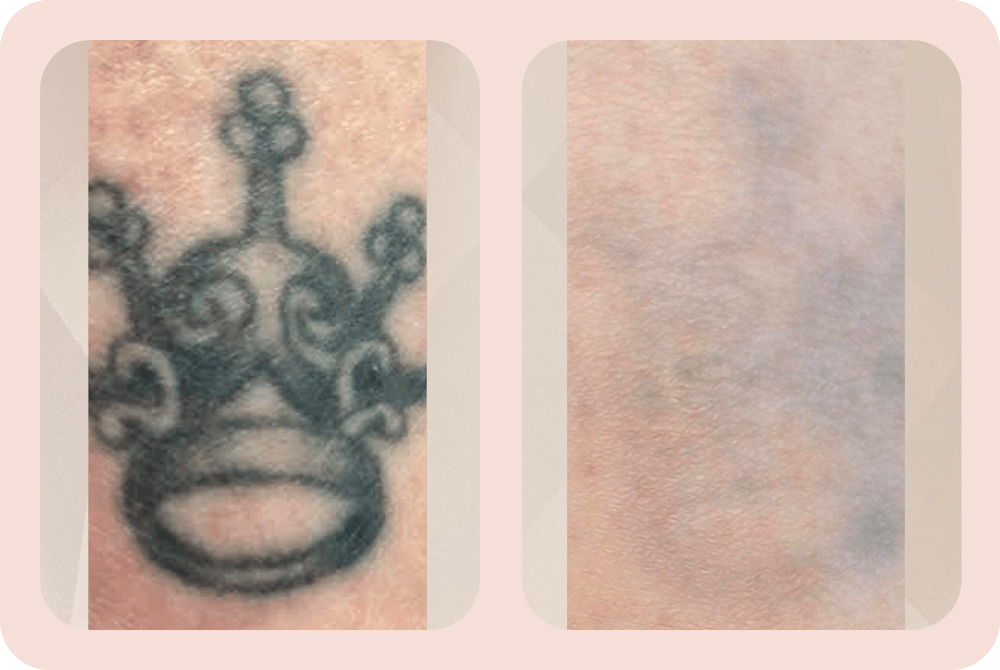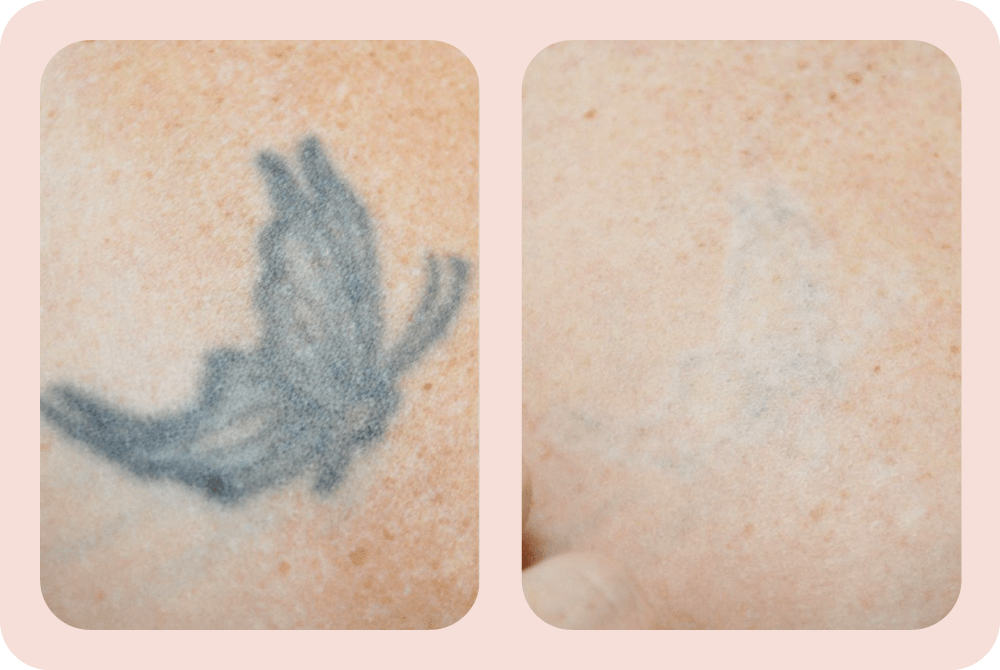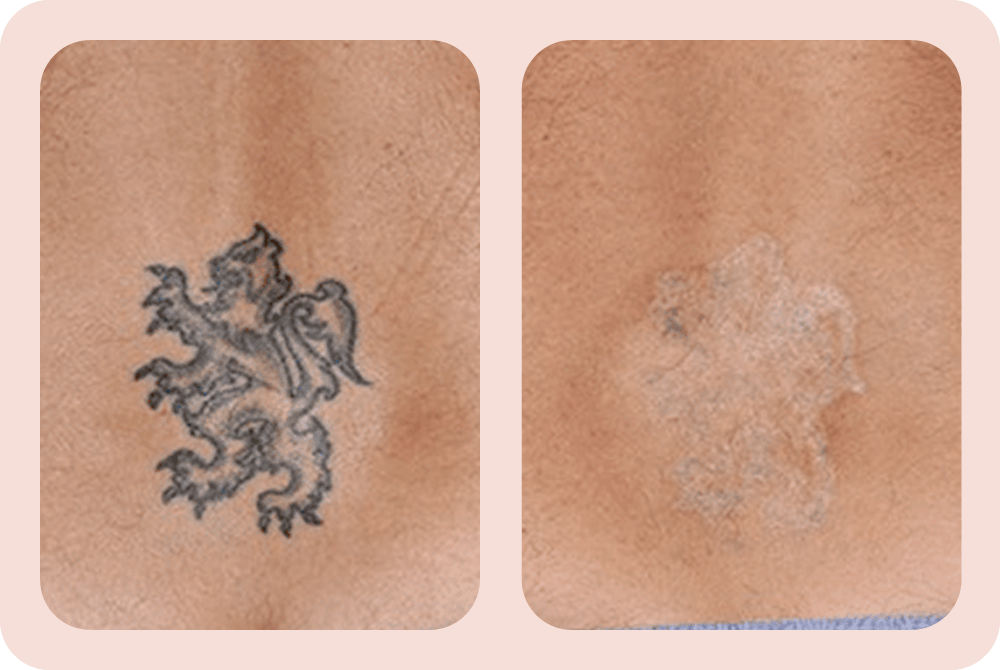Tattoo removal
Tattoos for many people are a decision taken in the euphoria of the moment and often a large part of them seek to erase these memories from their body. A survey conducted in America referred that the main reasons for removing the tattoo were: (a) young age when they got the tattoo; (b) he no longer liked that tattoo; (c) affect the workplace.
For the elimination of tattoos, it is always suggested to carry out a preliminary consultation with the medical staff in order for the staff to familiarize you with the type of laser that will be used for tattoo removal as well as the number of sessions that will be applied until the tattoo fades. Before starting the tattoo removal procedure, the medical staff informs you in advance that yellow and green are the most difficult to remove, while black and dark blue are the colors that the laser treats and fade after applying a few sessions.
Contraindications that limit the laser treatment of tattoos:
- Pregnancy;
- During the lactation period;
- Medicines that cause photosensitivity or have a thinning effect on the skin;
- Allergy to products or materials used during treatment;
- Cardio-vascular pathology (thrombosis, phlebitis, hypertension, hypotension, heart disease);
- Connective tissue pathology (scleroderma);
- Skin diseases;
- Sunburn;
- Keloid scars.
Tattoo removal
At the DaVINCI Clinic we use the OPT and ND Yag laser for tattoo removal as it cleans the tattoo pigment by sending high-intensity light pulses that pass without causing damage to the layers of the skin and are absorbed from tattoo pigment. Conducted laser light energy breaks up the pigment into tiny particles which are then removed by the body’s immune system. The healthier, better hydrated and the more relaxed you are, the easier it will be for your immune system to eliminate these small pigment particles.
Patients report that the removal of the tattoo has almost the same pain as when they get the tattoo. The final removal of the tattoo requires the application of several laser sessions, and a minimum of seven sessions are applied, separated by a time interval of 4-6 weeks from each other, as this is the time the skin needs to regenerate and regenerate itself. After each session the skin will be sensitive and may form crusts. Over the months, the pigment in the treated areas of the tattoo will fade after the application of several sessions.








